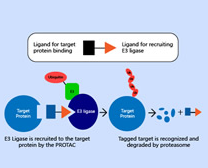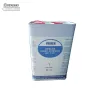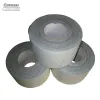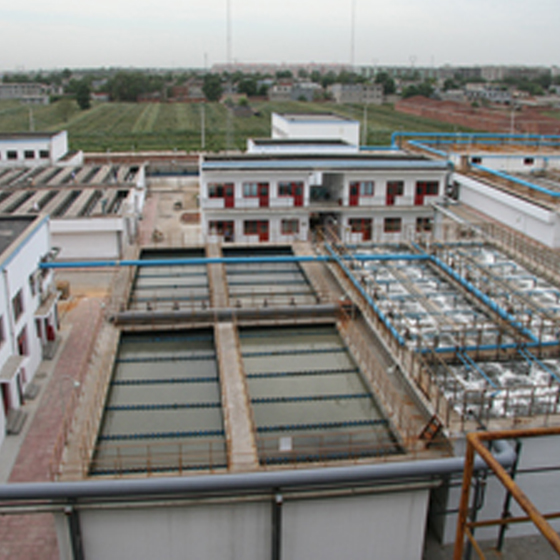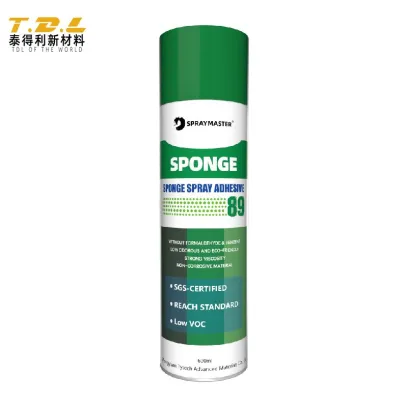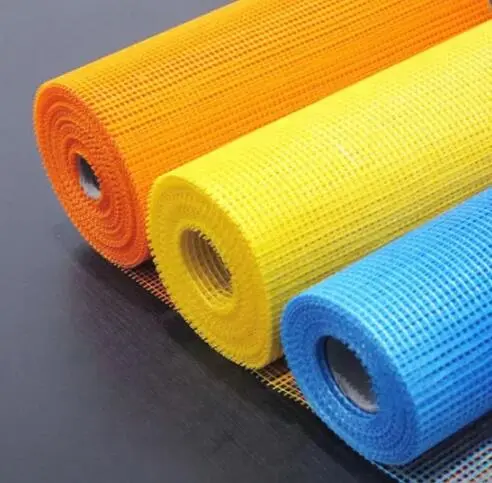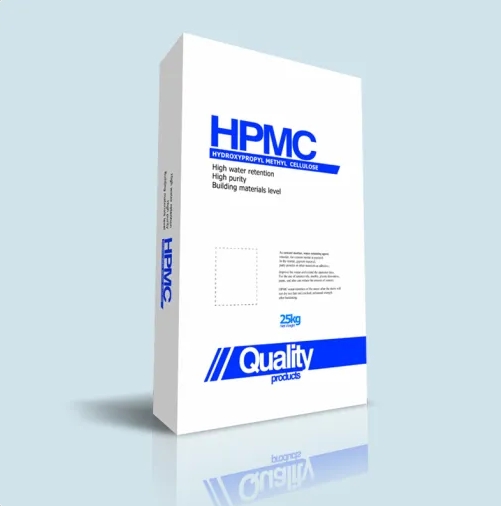Enhancing Embroidery Artistry: Exploring the Wonders of Embroidery Adhesive
Introduction: Embroidery, a captivating art form that weaves intricate designs onto fabric, has stood the test of time as a cherished craft. However, achieving flawless embroidery requires precision and stability. Enter embroidery adhesive, a game-changing innovation that has revolutionized the industry. In this article, we will delve into the world of embroidery adhesive and uncover its remarkable benefits, allowing consumers to elevate their embroidery projects to new heights.
Stability and Control: Embroidery adhesive addresses the foremost concern of ensuring stability during the stitching process. Traditional methods, such as pinning or basting, often result in movement and misalignment of the fabric and design. Embroidery adhesive provides a reliable hold, securing the fabric in place throughout the embroidery process. This stability allows for greater control, enabling embroiderers to execute their designs with precision and accuracy.
Minimizing Fabric Distortion: Embroidering on delicate fabrics can be a challenge, as they tend to stretch or distort under tension. This issue can compromise the integrity of the design and lead to frustration. Embroidery adhesive tackles this problem by evenly distributing tension across the fabric. The adhesive's gentle grip ensures that the fabric remains flat and undistorted, enabling embroiderers to achieve flawless results, even on the most delicate materials.
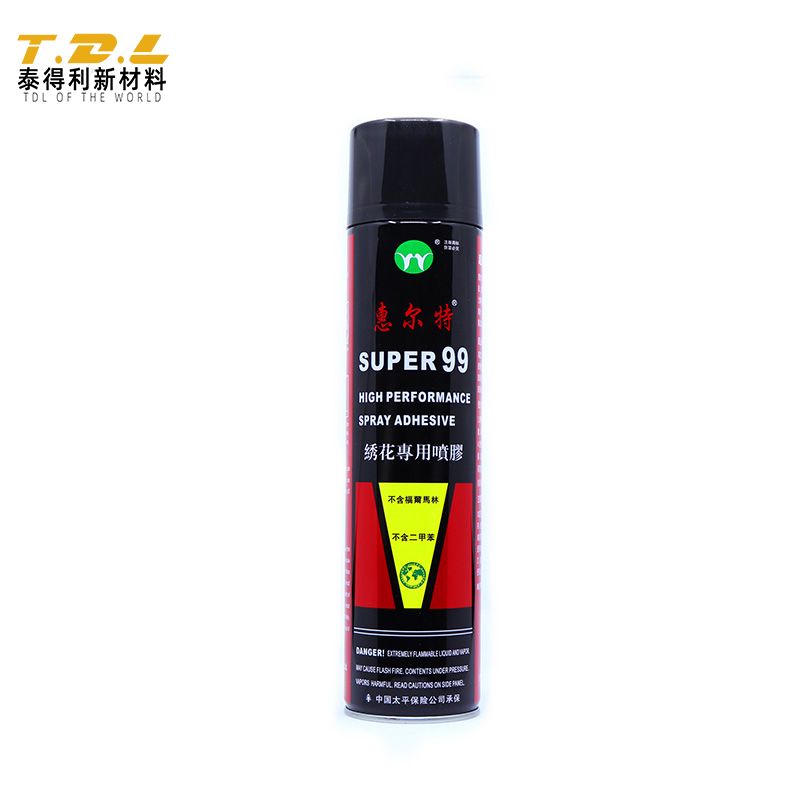
Clean and Residue-Free: Residue and stains left behind by traditional adhesives can mar the beauty of the final embroidery piece. Embroidery adhesive offers a clean and residue-free alternative. It adheres securely to the fabric during the embroidery process but leaves little to no residue upon removal. This ensures that the fabric remains pristine, saving valuable time and effort that would otherwise be spent on removing unwanted marks.
See also:What is sodium acetate trihydrate used for?
Xylitol vs. Erythritol, What Are You Concerned about?
How To Choose The Effective Multipurpose Spray Adhesives?
What is the physical state of 2 Bromoethyl benzene?
Sodium Bicarbonate for Pools: Why You Should Put It in Your Swimming Pool?
The Versatility of C2H2 Industrial Gas
What Are the Different Types of Adhesives?
Effortless Placement and Adjustments: Embroidery projects often involve intricate or complex designs that require precise placement. Manual alignment can be time-consuming and prone to errors. Embroidery adhesive simplifies this process by allowing users to easily position and adjust the design before stitching. This feature streamlines the embroidery workflow, making it easier for embroiderers to tackle even the most intricate designs with confidence and ease.
Versatility and Reusability: Embroidery Spray adhesive shines in terms of versatility and reusability, offering added value to consumers. It can be used with a variety of fabrics and materials, expanding its applicability across diverse embroidery projects. Moreover, embroidery adhesive can be reused multiple times, making it a cost-effective and eco-friendly choice. This versatility ensures that embroiderers can rely on the adhesive for a wide range of creative endeavors without compromising on quality or performance.
Conclusion: Embroidery adhesive has emerged as an indispensable tool for embroiderers of all levels, from novices to seasoned artists. By addressing concerns related to stability, fabric distortion, residue, ease of placement, and reusability, this adhesive has elevated the artistry of embroidery to new heights. As the demand for exquisite embroidery continues to grow, embroidery adhesive stands as a testament to innovation and provides a reliable solution for consumers seeking impeccable results and unparalleled creative expression. Embrace the wonders of embroidery adhesive and unlock the true potential of your embroidery projects.more information
What is thymol crystals?
Hydroxyethyl Cellulose (HEC): A Versatile Wonder in Modern Industry
what is dexpanthenol?
What is The Difference Between Caustic Soda Pearls and Caustic Soda Flakes?
Understanding PROTAC: A Breakthrough in Targeted Protein Degradation
Introduction to CAS 2381089-83-2 LY3437943 Wholesale high purity
What is diammonium phosphate used for?



